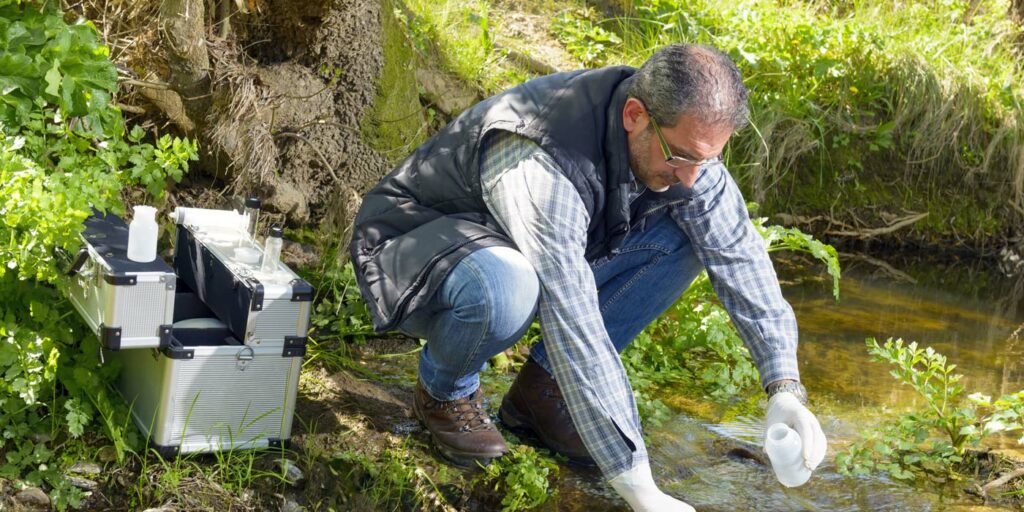Veolia reached a new milestone in its treatment of per- and polyfluoroalkyl substances (PFAS) chemicals in America’s drinking water, with more than 30 sites now reporting no detectable levels of regulated PFAS chemicals. The advanced effort includes new treatment installed at 17 drinking water wells in the state of New York, with construction underway on additional projects in four states as Veolia continues to address PFAS contamination in drinking water supplies across the country.
PFAS contamination in drinking water is a critical challenge due to its widespread presence and persistent nature.
“In the United States, where regulations have evolved more rapidly than in Europe, we have more than 50 additional projects at various stages to meet the new standards. With our worldwide expertise in cutting-edge water treatment technologies, the United States represents a land of solutions from which all our geographies could benefit,” said Estelle Brachlianoff, Veolia CEO. “It is crucial to tackle the challenge of PFAS in drinking water without delay, and this requires strong regulatory support. Addressing this issue demands coordinated efforts across sectors and across the entire PFAS value chain to ensure compliant drinking water in the relevant areas. Veolia is proud to be leading the way in mobilizing its expertise to advance the treatment of PFAS, thereby helping to improve public health.”
- Veolia is at the forefront of the fight against PFAS in drinking water in the United States. The U.S. operations represent a valuable source of know-how from which to draw on in all geographical areas where regulations have evolved
- Veolia has already treated a cumulative 2.1 billion gallons of water in New York, New Jersey and Pennsylvania across more than 30 sites, with dozens more underway
- With the launch of the 30th PFAS treatment project, covering 17 additional wells in New York State, Veolia has now deployed treatment capacities to supply water with the regulated PFAS levels below regulatory thresholds to more than 140,000 Americans
Read the full article here.
